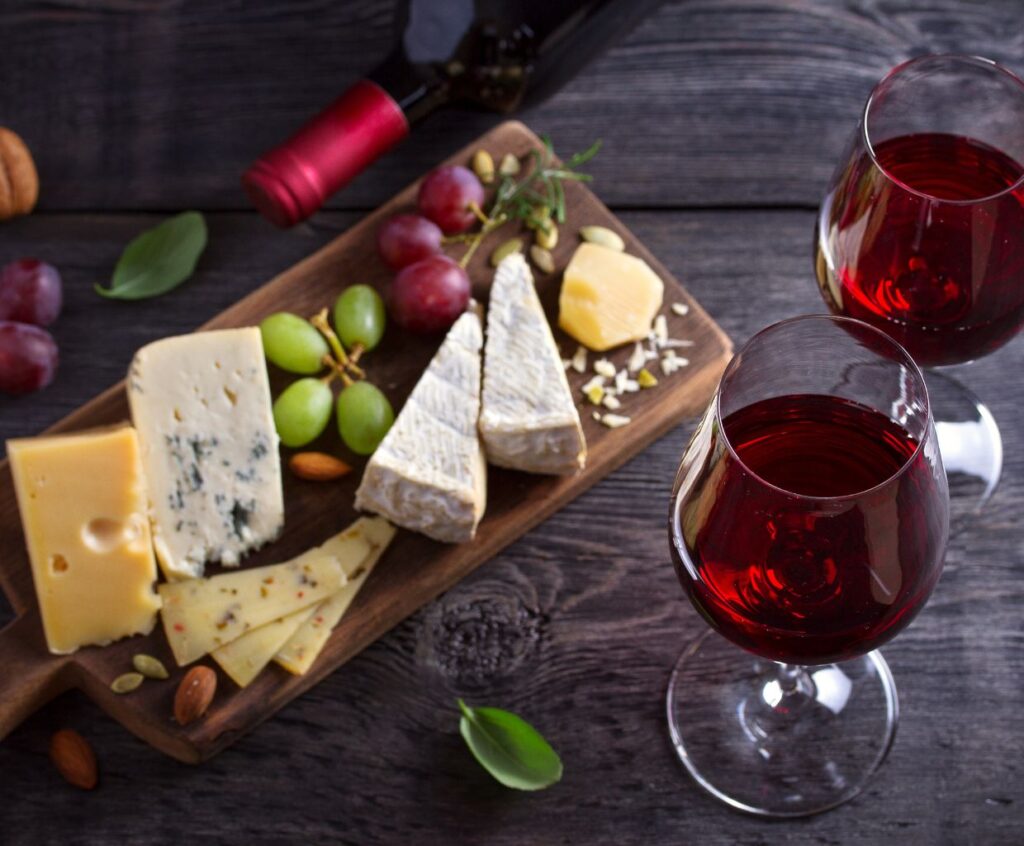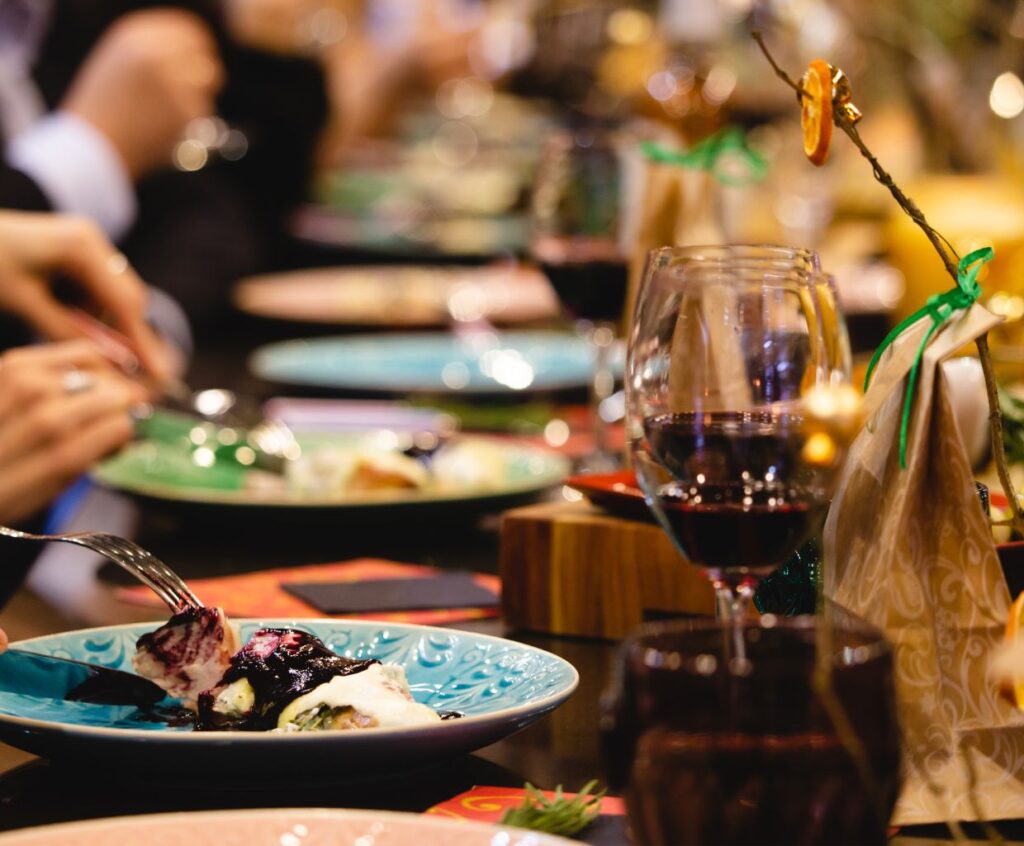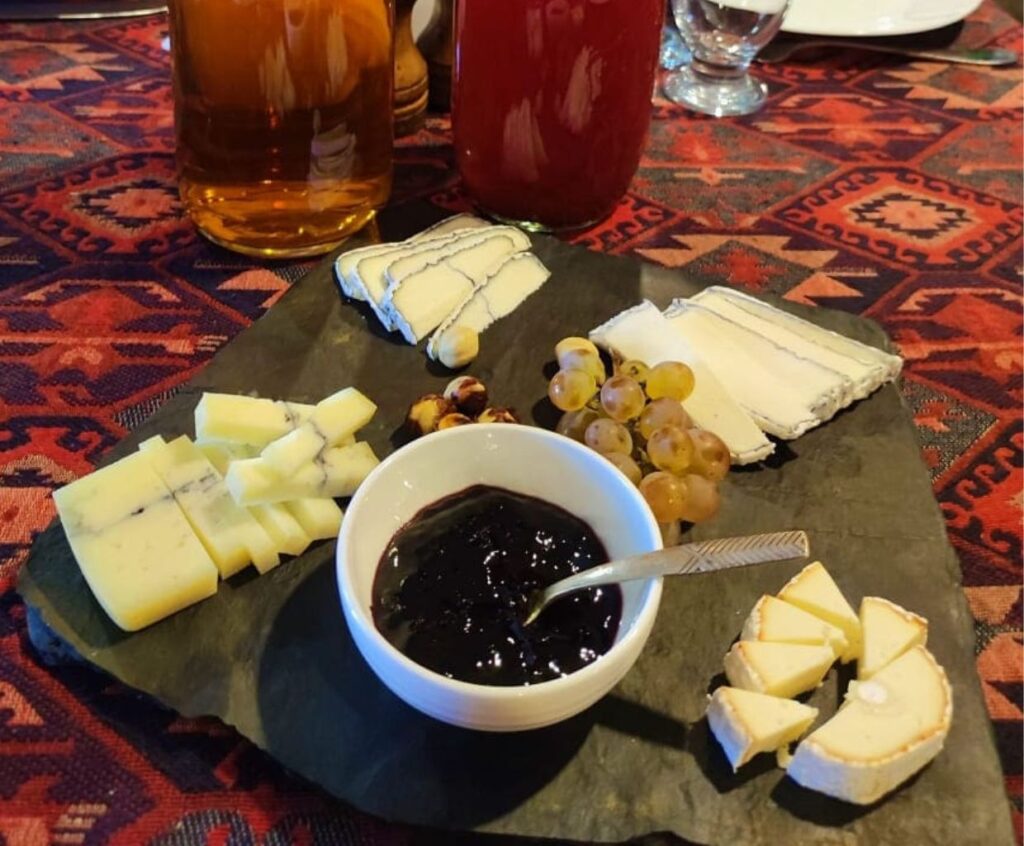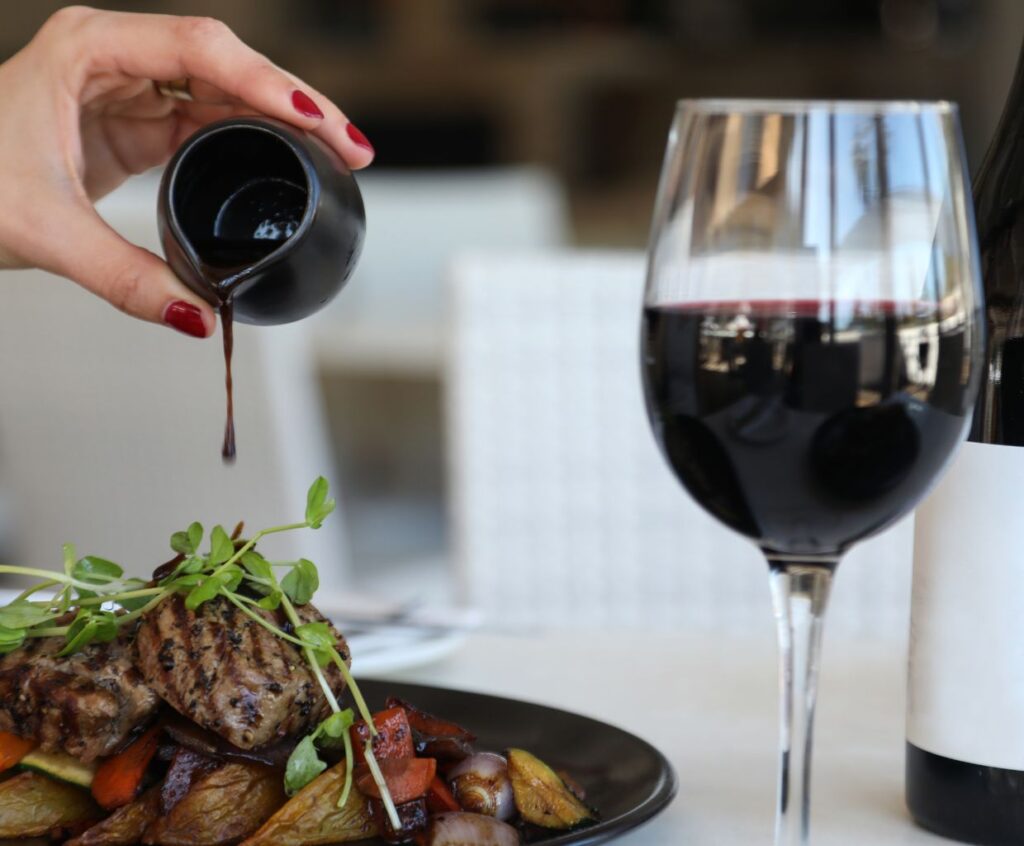Why Food and Wine Pairing Matters: Elevating Your Culinary Experience
Have you ever wondered why some meals taste exceptionally delicious while others fall short of your expectations? The secret lies in the art of food and wine pairing.
Pairing the right wine with your meal can elevate your culinary experience to new heights, enhancing the flavors and creating a harmonious balance on your palate.
Enhancing Flavors
One of the primary reasons food and wine pairing matters is its ability to enhance the flavors of both the food and the wine.
When you find the perfect match, the combination can bring out the best in each element, creating a symphony of flavors you may not have experienced. The right wine can complement the taste of your meal, intensifying its deliciousness and adding another layer of complexity to the overall dining experience.
Choosing the Right Wine
When selecting the right wine, a few key factors must be considered. Firstly, think about the intensity of the flavors in your dish. For example, a rich, bold red wine pairs well with hearty meat dishes or robust flavors, while a light, crisp white wine complements seafood or lighter fare.
Secondly, take into account the acidity of the wine. High-acidity wines can cut through fatty dishes, cleansing your palate and preventing the flavors from overwhelming.
Experimenting with Pairings
While there are traditional guidelines for food and wine pairing, it is also important to remember that taste is subjective, and experimenting with different combinations can lead to delightful surprises. Don’t be afraid to step outside the norm and try unconventional pairings.
You might discover a match made in culinary heaven that perfectly suits your preferences.
Creating a Harmonious Balance
Another reason food and wine pairing matters is the ability to create a harmonious balance between the two. A well-paired wine can cut through the richness of a dish, providing a refreshing contrast that prevents your taste buds from becoming overwhelmed.
On the other hand, a carefully selected wine can also enhance the flavors of a more subtle dish, adding depth and complexity to each bite.
Can proper food and wine pairing elevate the flavors and nuances of a dish?
Yes, proper food and wine pairing can elevate a dish’s flavors and nuances. When the right wine is paired with a specific dish, it can enhance the flavors, textures, and aromas of the food and the wine.
The interaction between the components of the wine (such as acidity, sweetness, and tannins) and the flavors of the food can create a harmonious balance and bring out the best in each other. For example, a rich and fatty dish might be complemented by a wine with high acidity to cut through the richness and refresh the palate.
Similarly, a delicate and subtle dish might be paired with a lighter, more nuanced wine to avoid overpowering the flavors. Ultimately, proper food and wine pairing can create a more enjoyable dining experience by enhancing and elevating the overall taste profile of the dish.
How does the correct wine selection complement different types of cuisine?
When selecting the right wine to complement different types of cuisine, several factors must be considered. The flavors, textures, and intensity of the food and the wine should ideally complement each other to create a harmonious dining experience. Here are some general guidelines to help you make the proper wine selection for different types of cuisine:
1. Pairing with Light and Delicate Dishes:
- White wines like Sauvignon Blanc, Pinot Grigio, or Riesling often work well with light seafood, salads, or vegetable-based dishes.
- Rosé wines can also be a good choice as they are refreshing and versatile.
2. Pairing with Rich and Creamy Dishes:
- Full-bodied white wines like Chardonnay or Viognier can complement creamy pasta dishes, buttery sauces, or dishes with a rich texture.
- Light to medium-bodied red wines like Pinot Noir or Merlot can also work well with creamy dishes.
3. Pairing with Spicy or Exotic Dishes:
- Off-dry white wines like Gewürztraminer or a slightly sweet Riesling can help balance the heat of spicy dishes.
- Sparkling wines, like Prosecco or Champagne, can also be an excellent choice to cleanse the palate.
4. Pairing with Red Meat:
- Bold red wines like Cabernet Sauvignon, Syrah, or Malbec often complement red meat dishes such as steaks or roasts.
- Red blends or aged red wines with complex flavors can also be a great match.
5. Pairing with Poultry or Game:
- Medium-bodied red wines like Pinot Noir or Grenache can complement poultry dishes like roasted chicken or turkey.
- For game meats, earthy red wines like Syrah or Tempranillo can be a good choice.
6. Pairing with Cheese:
- The type of cheese will determine the wine selection. For example, soft and creamy cheeses pair well with white wines, while aged and hard cheeses may go better with red wines.
Remember, these are general guidelines, and personal preferences can play a significant role in wine pairing. It’s always a good idea to experiment and find combinations that you enjoy the most.
How does food and wine pairing enhance the overall dining experience?
Food and wine pairing enhances the overall dining experience in several ways:
1. Complementary Flavors: When the flavors of the food and wine complement each other, it creates a harmonious taste experience. For example, a rich and bold red wine can pair well with a juicy steak, enhancing both flavors.
2. Balance: Pairing the right wine with a dish can help balance the flavors. For instance, a crisp and acidic white wine can cut through the richness of a creamy pasta dish, creating a balanced and enjoyable meal.
3. Texture Enhancement: The right wine pairing can enhance the texture of food. For example, sparkling wine can help cleanse the palate and refresh the mouth when paired with fried or greasy foods.
4. Aromas and Bouquets: The aromas and bouquets of wine can complement the aromas of the food, enhancing the overall sensory experience. For example, a fruity and aromatic white wine can enhance the flavors and aromas of a seafood dish.
5. Cultural Connection: Food and wine pairing can also create a cultural connection, as certain wines are traditionally paired with specific regional cuisines. This allows diners to explore and appreciate different culinary traditions and flavors.
Overall, food and wine pairing adds depth and complexity to the dining experience, elevating the flavors, textures, and aromas of the food and the wine and creating a more enjoyable and memorable meal.
Why Food and Wine Pairing Matters – Conclusion
Next time you sit down for a meal, take a moment to consider the wine you’ll be pairing with your food. You can unlock a new level of culinary enjoyment by paying attention to the flavors, intensity, and acidity.
Food and wine pairing is an art that can elevate your dining experience, making every bite and sip an unforgettable delight.




